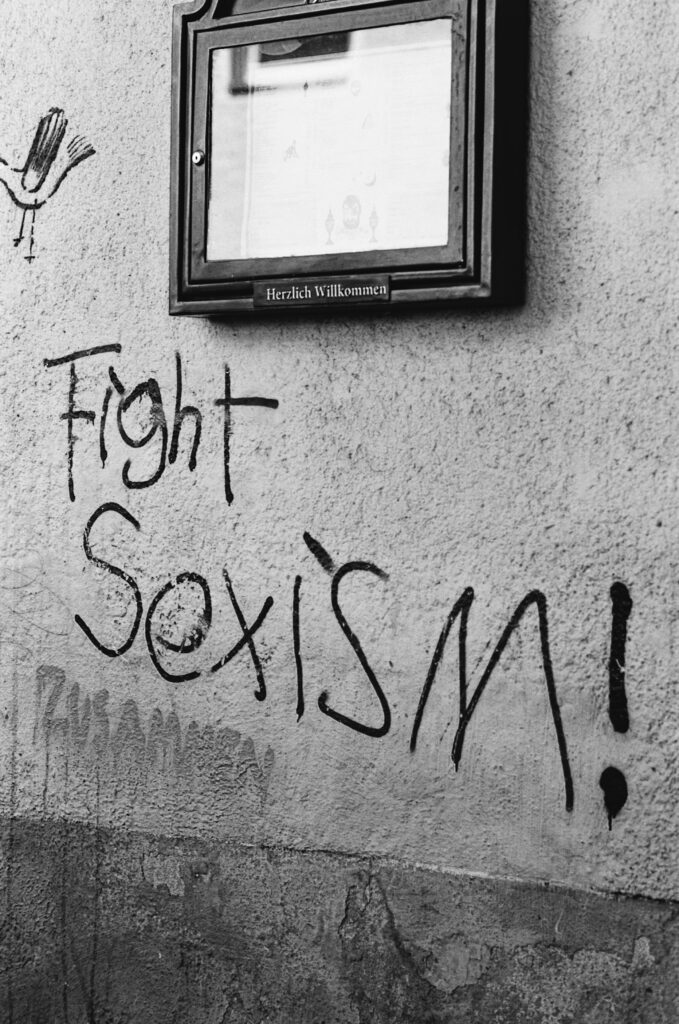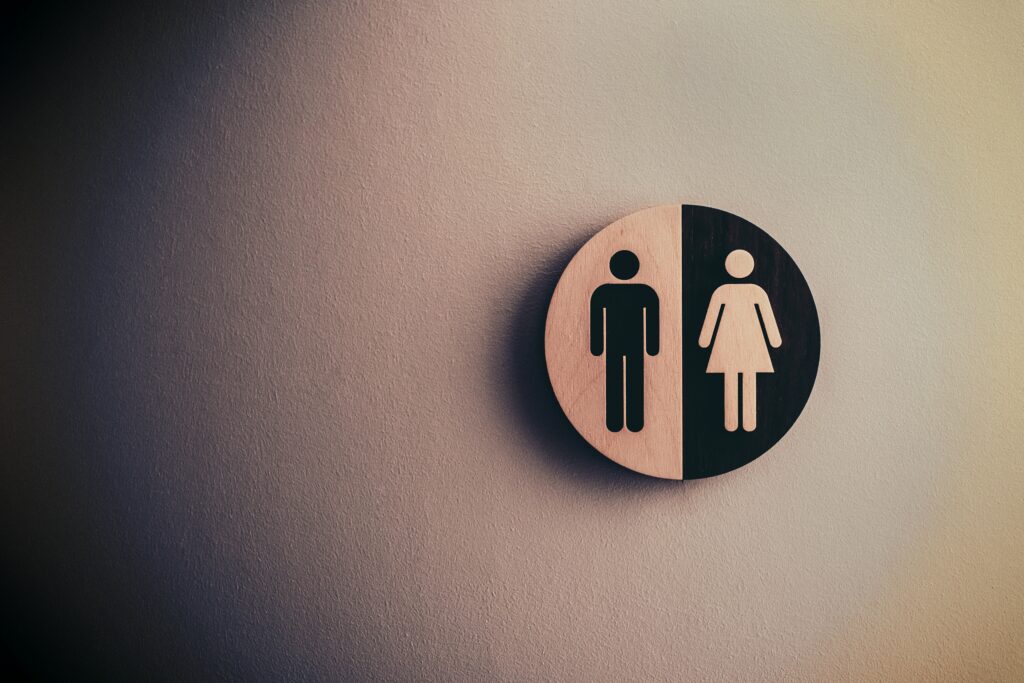During our preparatory seminar, some of the volunteers did research on gender inequality and "Gender in South Africa". This elaboration is not a guarantee of completeness.

Oppression in South Africa
The issue of gender and oppression of different population groups in South Africa has a long history. With the official end of slavery in 1834, the oppression of people of color did not end. Instead, it became worse with the onset of apartheid beginning in 1984.
Under apartheid, there was strict segregation by skin color and also by gender. Women had significantly fewer rights and a clear hierarchy prevailed. It was not until 1984 that women were considered full legal persons. Black women had to wait until 1994 for full legal recognition. Even today, a gender gap can be felt around the world.
HIV and AIDS
In South Africa, about 27,000 people died of AIDS in 2007. Since then, the numbers have been falling. In 2020, there were 80,000 people.
In rural areas, 52% of all 15-24 year olds reported not using condoms with their most recent partner in 2015. Reasons for this include inadequate education about the disease. Thus, many people do not even know how HIV can be transmitted.
In the meantime, there are support groups that discuss HIV and provide education. Some activists have also taken on the task of spreading their knowledge and educating society. However, there is still a great stigma regarding HIV, even among young people. In addition, there is the patriarchal shift of responsibility, for example, that women alone are responsible for contraception.
Pregnancy at a young age
In recent years, the number of pregnancies at a young age has increased again.
Out of four million South Africans between the ages of 15 and 24, about 365,000 are fathers. The reason for this increase is again a lack of education in the education sector. In addition, the health care system is not accessible to all.
Another reason is low condom use among men due to peer pressure and traditional patriarchal beliefs. Gender-based violence against women also plays a major role. Children are also victims of sexualized violence.
Political participation of women
In 1930, white women won their right to vote. It was not until 1994 that the right to vote was extended to black women. In 1933, the first white woman was elected to the national parliament.
In the 2019 general election, 43% of voters* were women. Many issues emerge for women voters. These include sexism in political parties, and insecurity and lack of trust in government due to corruption in South Africa. Election programs include improving opportunities for women, more prosecution of perpetrators, and more education on sexual violence. The opposition’s election platform includes non-discrimination and equality for women, advancing the rights of LGBTIQ+ people, strict prosecution for rape, and raising awareness in schools and equality in the workforce.
We are aware that these issues are cropping up all over the world and we need to do more to advocate for women’s rights and equality everywhere. We have gathered some media that addresses the issue of gender.

